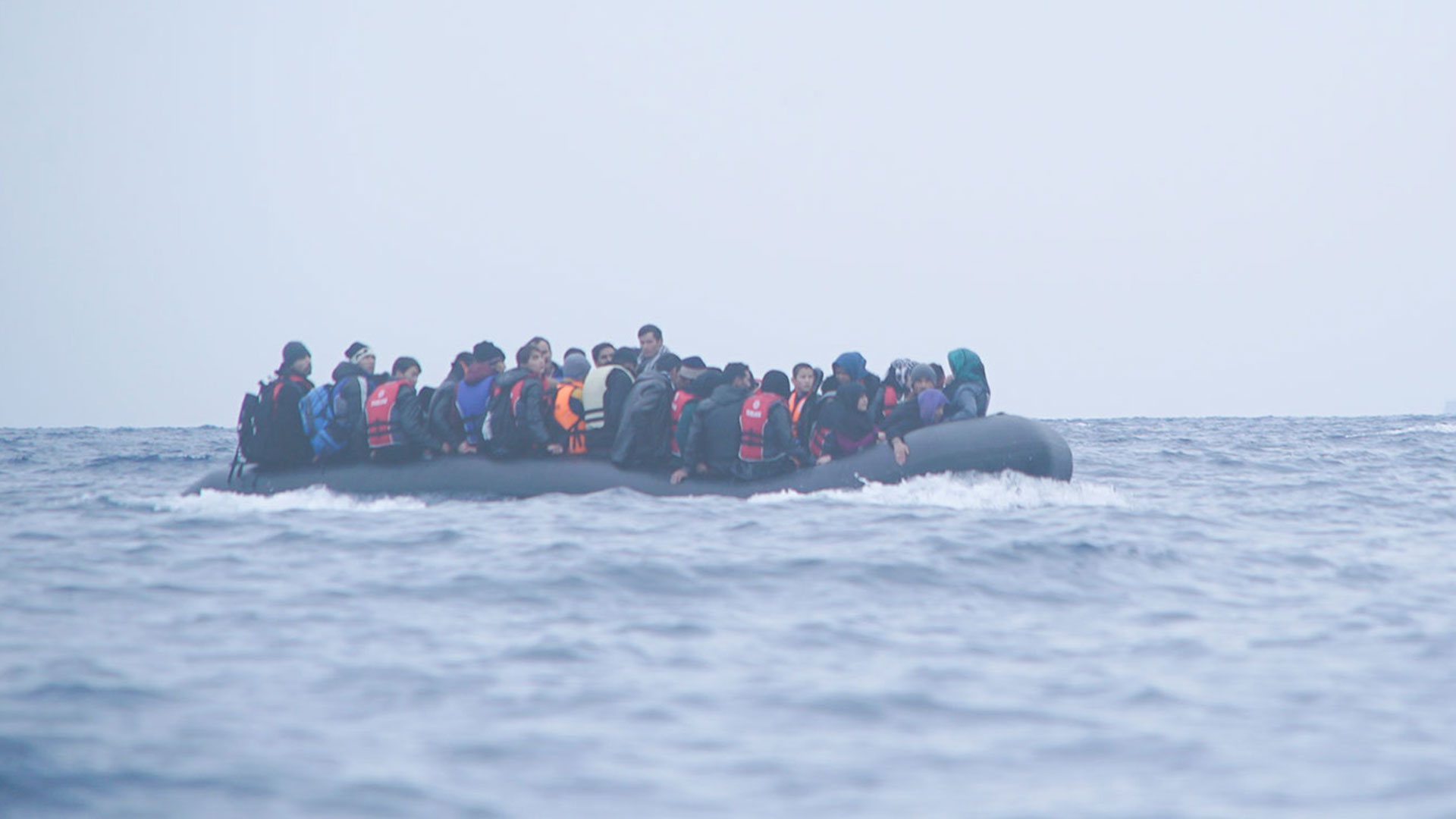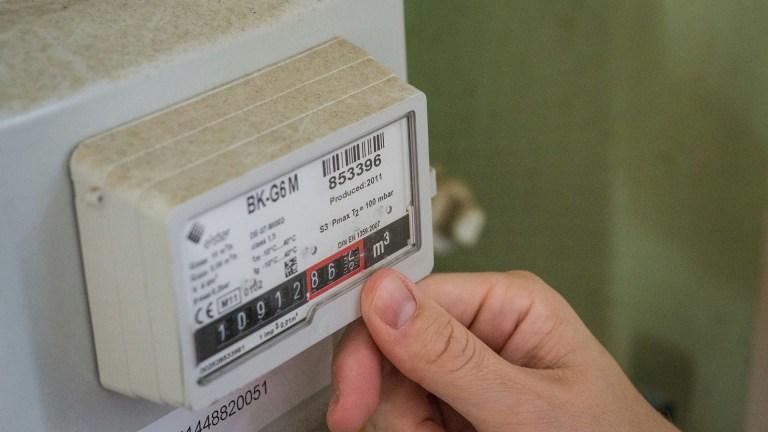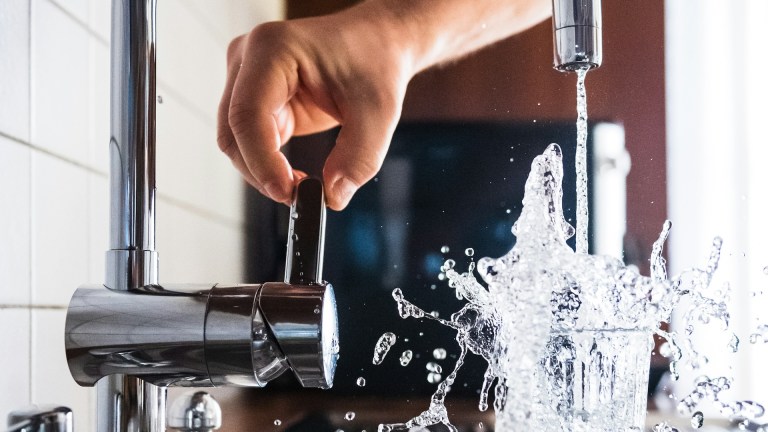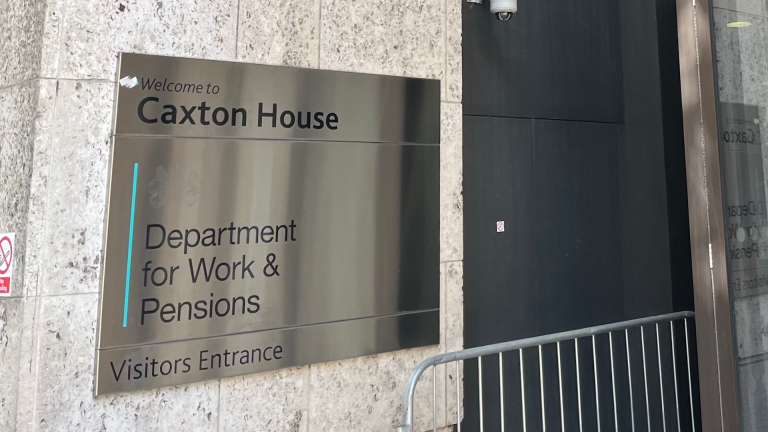In the first 11 months of 2016, at least 4,715 migrants drowned in the Mediterranean as they tried to reach Europe’s shores.
That’s your headline. Stark, bald fact. But be honest, did it actually make you feel anything as you read it? Those numbers may be true and we certainly need to report them but the figures are so huge and impersonal that many of us struggle to imagine the faces and names behind them.
Today, with the migration crisis, we are bombarded with images of overcrowded rubber boats in the Mediterranean, saturated with horrific pictures of body bags piled up at ports and heartbreaking photographs of desperate people staring through the bars of refugee reception centres. Occasionally a single image will startle us from our numbed state: Aylan Kurdi’s tiny body, for example, washed up on a Turkish beach. Yet somehow, many of the horror stories of this crisis get drowned out under the weight of their own numbers.
And it’s our job as journalists and writers to keep telling those stories and to keep telling them in new ways that will cut through the compassion fatigue and keep our audience and readers focused.
He did not see them as his problem. After all, he was just an optician. What could he do?
Carmine Menna runs the only optician’s shop on the little island of Lampedusa, off the coast of Sicily; an island which, thanks to its close proximity to Libya and Tunisia, is a hotspot for migrant landings. Carmine saw the migrants around him every day and felt pity for them but perhaps just like us he did not see them as his problem. After all, he was just an optician. What could he do?
One day in early October 2013, however, he took a boating holiday with his wife and six friends. He remembers it was a beautiful day and he woke in his bunk on the boat Galata to hear what he thought was the first of the seagulls squabbling and screaming over a lucky catch. But when the noise became more persistent and piercing, he and his crew upped anchor to investigate.










